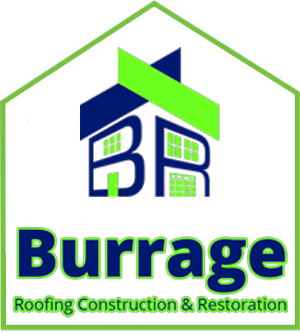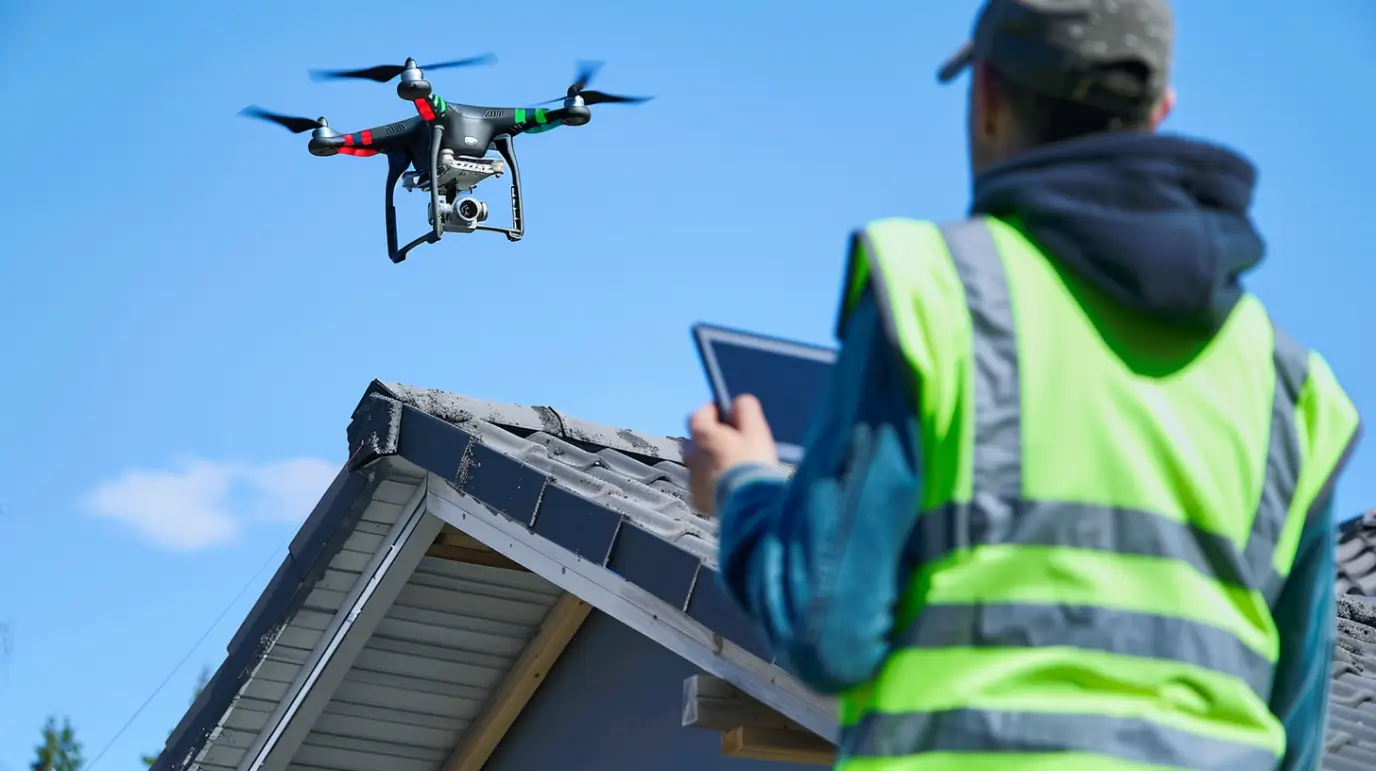Hailstorms can mess up your plans and leave you with significant roof damage. This can mean granule loss, bruises, or cracks in the roofing materials. Hail damage can make your roof last for a shorter time. If you ignore these things, your roof could start to leak or have even bigger problems later. At Burrage Roofing in East Moline, IL, we say, “Building Knowledge One Roof at a Time.” We want you to notice, check, and take care of any roof damage or granule loss after a hailstorm. These steps help keep your roof in good shape.
Understanding Hail Damage on Roofs
Hail damage effects may not be immediately apparent. Small issues can escalate into significant problems, including a damaged roof, if left unaddressed. Common types of damage caused by hail include dents, cracks, and granule loss on shingles, which can weaken your roof’s integrity.
Different roofing materials, including traditional roofing materials like concrete tile roofs, respond uniquely to hail damage, depending on their condition. What appears as minor marks can lead to leaks or severe structural issues. In the next section, we’ll explore how various roofing materials withstand hail and discuss the implications of granule loss and leak potential.
Contact Us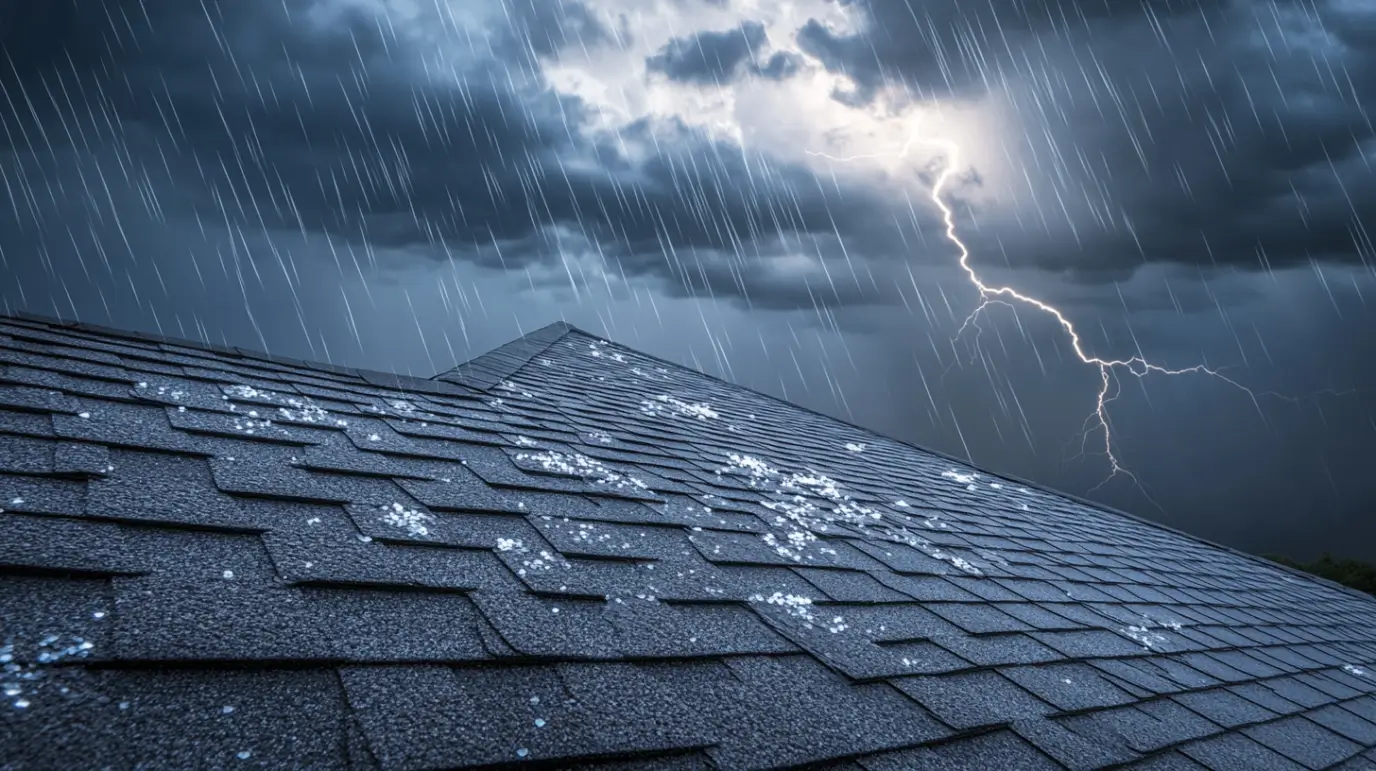
How Hail Affects Different Roofing Materials
Different roofing materials can react in different ways when hit by hail. Here is how the most popular materials stand up to it:
Common Signs of Hail Damage
Identifying hail damage is crucial for homeowners to prevent further issues. Look for signs like loss of granules on asphalt shingles, which indicates storm damage. Other visible indicators include dents on metal surfaces, visible damage such as bruises on rubber roofing, and cracks in clay tiles.
Check for cosmetic damage on sharp edges and bare spots that suggest significant issues. Inspect gutters and roof vents for debris and shingle shavings. Minor leaks inside the home may signal more severe water damage, highlighting the importance of timely roof inspections after a hail storm. Vigilance in monitoring these signs ensures peace of mind.
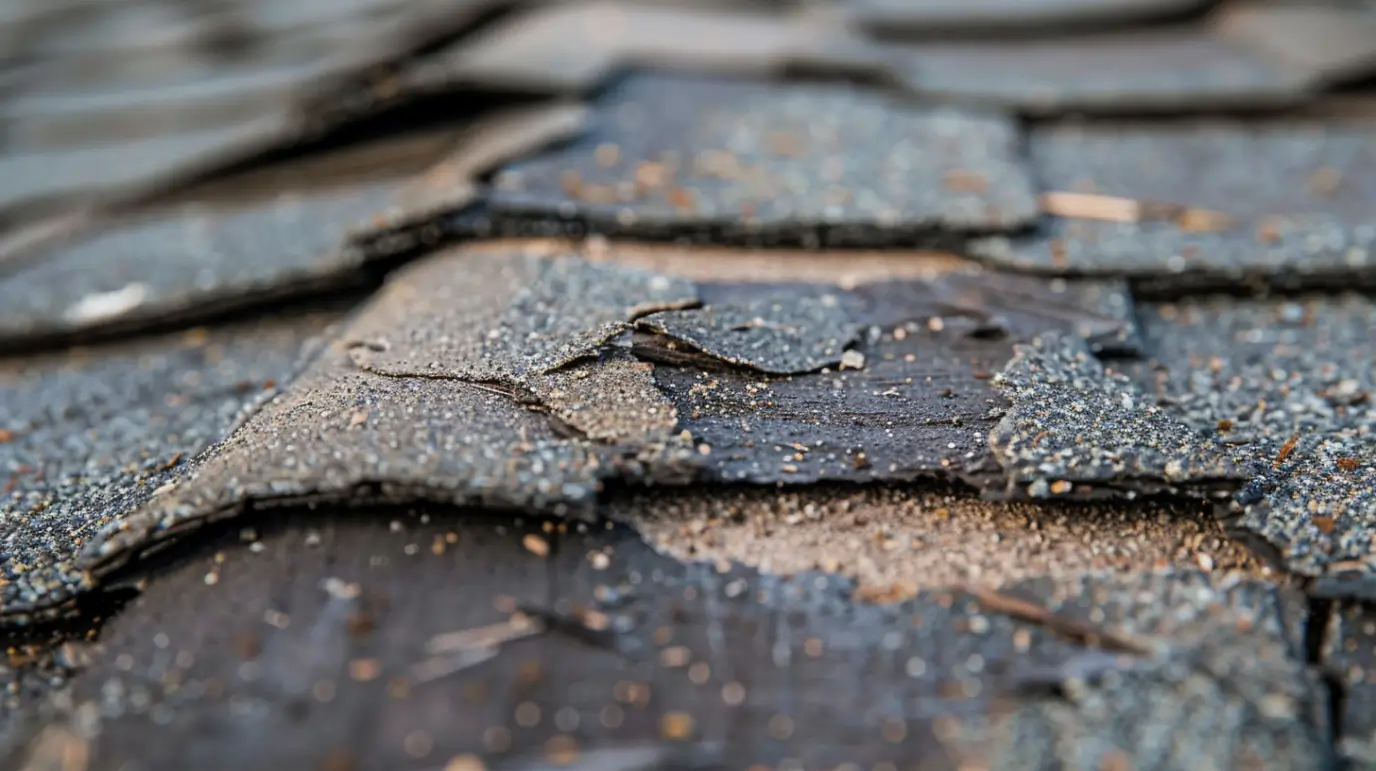
Factors Influencing the Severity of Hail Damage
Not every storm causes the same roof replacement damage. The extent of the type of damage varies based on hail size, fall speed, and wind direction; areas facing the wind typically suffer the most. Older roofs are more susceptible to cracks and holes than newer ones, while well-maintained roofs can withstand more impact. Next, let’s discuss two key factors: hail size and roof age.
Hail Size and Wind Speed
Hail size and wind speed are crucial in determining roof damage and the severity of damage caused. Larger hailstones, over one inch in diameter, can significantly harm traditional materials like asphalt and wood shingles. The impact force increases with size, causing noticeable damage, granule loss, and punctures.
Wind speed exacerbates hail’s effects; strong winds and heavy rain can drive smaller stones at high velocities, resulting in damage similar to larger hail. Additionally, winds may redirect hail to vulnerable areas, increasing the risk of leaks and deterioration. Homeowners must understand these factors to assess their roofs after storms and consult reliable roofing experts for inspections and repairs.
Roof Age and Previous Wear
Older roofs are more susceptible to hail damage due to weakened materials from years of sun and rain, making even small hailstones capable of causing harm.
In contrast, a new roof made with durable, hail-resistant materials can withstand harsh weather and maintain its appearance post-storm. However, neglecting maintenance can weaken even robust roofs over time, leading to minor leaks or structural issues.
Previous wear, such as unresolved storm damage, further compromises a roof’s integrity and increases the risk of new damage. Timely repairs ensure your roof remains strong and protective against hail, wind, and other threats year after year.
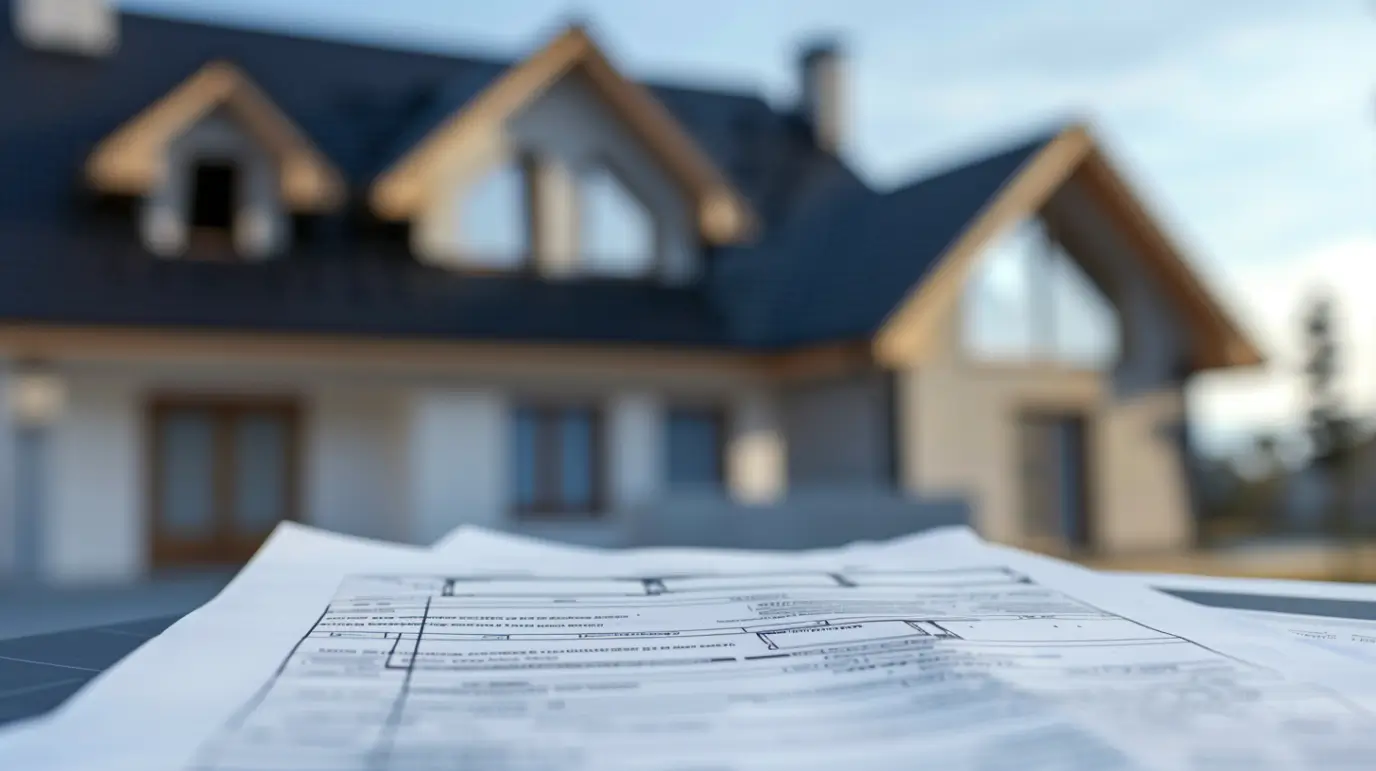
Step-by-Step Guide to Inspecting Your Roof for Hail Damage
Ensure safety when checking your roof for hail damage. Start by inspecting from the ground, looking for major issues like dents or loose shingles. Use binoculars for hard-to-see areas.
Avoid climbing on the roof unless trained, as unseen damage may pose risks. It’s best to hire a roofing contractor for thorough inspections. Document any damage with photos and notes to assist with claims or repairs. Now, let’s explore detailed tips for checking your roof.
Visual Inspection from the Ground
A visual inspection from the ground is a crucial first step in identifying potential hail damage. Homeowners should check the roof’s surface for noticeable signs of damage, focusing on roofing materials like asphalt shingles and metal, as even minor roof damage can be critical. Key indicators include granule loss, bare spots, and visible dents.
Inspecting gutters, downspouts, and surrounding landscaping can also reveal clues about water flow and possible leaks. This preliminary assessment helps identify minor roof issues before they escalate into costly water damage, enabling property owners to address concerns promptly and consult a roofing contractor if needed.
Checking Shingles, Flashing, and Gutters Up Close
A thorough inspection of shingles, flashing, and gutters can reveal hail damage on your roof. Asphalt shingles may show granule loss or dents indicating sharp corners or varying degrees of damage. Look for missing or lifting shingles, as these can lead to costly water damage if ignored.
Carefully examine flashing for cracks or tears, especially around chimneys and vents. Inspect gutters for debris or dents, which can indicate the severity of past hail storms. By identifying these issues early, homeowners can reduce leak risks and maintain their roof’s integrity in top shape for years to come.

When to Call a Professional Roofing Contractor
Knowing when to contact a roofing expert like Burrage Roofing can help you save your roof from severe damage. When you see things like missing shingles, exposed spots, or cracks in the structure, call in the experts.
If you ignore these potential issues, you could face costly water damage or even mold inside your place. Our certified team in East Moline checks for and fixes problems fast. This helps keep your property secure for a long time.
Burrage Roofing’s Expertise and Certifications
Burrage Roofing is a leading contractor specializing in hail damage repair and prevention. With extensive storm damage assessment experience, their team expertly handles asphalt shingles, clay tiles, and metal roofing. Their industry certifications highlight their commitment to quality and best practices in roof inspections, ensuring homeowners receive optimal protection.
Beyond repairs, Burrage Roofing assists clients with homeowners insurance and the claims process to secure fair settlements. By employing skilled experts, they identify potential issues early, preventing costly water damage and extending roof longevity for property owners in the region.
Get in Touch
Identifying hail damage on your roof is vital for your home’s integrity. Recognizing the signs and knowing when to call a professional can prevent costly repairs. At Burrage Roofing, we bring over 30 years of restoration experience and are recognized as an IKO Craftsman Premier Installer, with accreditation from the Better Business Bureau (BBB). Regular inspections after major storms will keep your roof in top shape. For expert advice or commercial roofing quotes, contact us today to protect your property and investment!
Read our blog: How to Detect Hail Damage on Roofs
Frequently Asked Questions
How soon after a hailstorm should I inspect my roof?
Inspect your roof within 24 to 48 hours after a hailstorm to identify potential damage early. Prompt assessment can prevent further issues, such as leaks or structural damage, ensuring timely repairs and maintaining your roof’s integrity. Don’t wait too long; act swiftly for the best outcomes.
What are the most common signs of hail damage in East Moline, IL?
Common signs of hail damage in East Moline, IL include dents in metal surfaces, cracked or missing shingles, granule loss on asphalt shingles, and damaged gutters. These indicators often appear after severe storms, so regular inspections are essential to maintain roof integrity.
